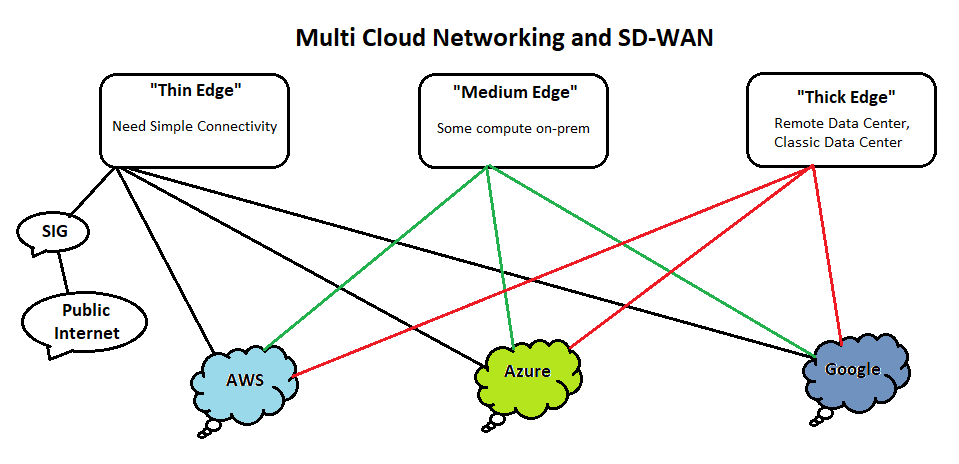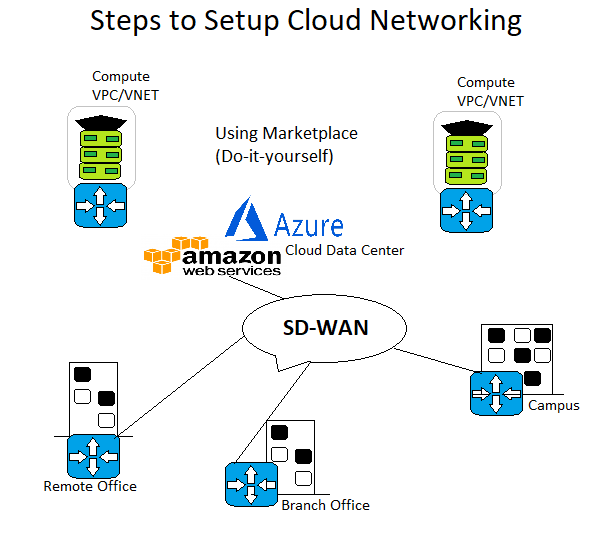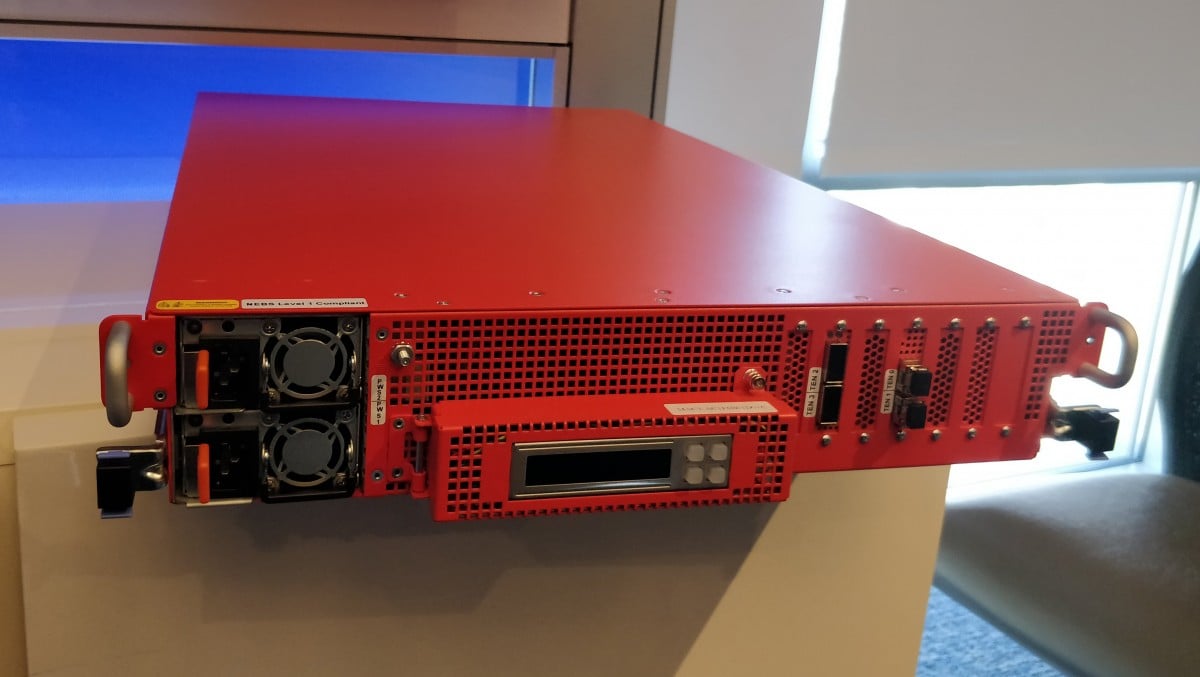Hybrid Network
What is Hybrid Network ? (Small Introduction)
Hybrid network is the combination of two or more technologies to make a single network. Hybrid networking uses different types of technologies with several vendors such as Microsoft Azure, Amazon Cloud, Google Cloud etc..
Netflix's content library includes a wide variety of genres and languages, and its original programming has become increasingly popular over the years, winning multiple awards and critical acclaim. The service is available in over 190 countries and has millions of subscribers worldwide. Users can access Netflix on various devices, including smartphones, tablets, smart TVs, and gaming consoles..
Networking for Hybrid environment
Every CEO is trying to get hybrid network environment right? most people they've been working remotely for the better part of two years now and Cisco has spent a lot of time and thought on how to accommodate remote workers and providing tools to make them feel connected and more productive. Cisco has also built remote and hybrid models into their hiring ethos making it a feature not a drawback but what about the underlying infrastructure that powers hybrid work, how is that evolving to be as flexible scalable and cost effective with the lowest latency possible.
Hybrid network is the new normal it's not going back but we must also acknowledge that hybrid work is different and harder than the way we worked before. Now we know that because we are starting to see new challenges emerge as you go from mostly remote employees to a mix of remote and in- person employees.
When a device wants to send and receive data to another device on the network, it first breaks the data into small packets. Each packet having a portion of the data along with information about the source and destination addresses.
The packets are then sent into the network, where they are routed from one device to the next based on the destination address in each packet. Each device on the network, such as routers and switches, reads the destination address and forwards the packet to the next device along the path towards the final destination. So once all packets are arrived to the destination device then it will reassemble all packet in big original data packet and deliver to the user device.
As Illustrated in above image, If User sitting in USA and he wants to watch any content which is based on UK Company Server then Data will be flow through multiple ISP (Internet Service Provider) Country and then it will reach to the final destination. So in this kind of data routing we can see that how many multiple countries and devices need to pass data to reach the final destination therefore its increase data travel time and decrease quality as well because not all middle countries devices are same brand.
In order to understand how hybrid networking has to go through challenges , lets consider one example here as below described image.
so your meetings now start to look something like this, the four people in the conference room ,your remote can't really tell if they're paying attention and what happens when two of them stand up and start to whiteboard if you're remote you get left out and as people start to get back in the office they're going to expect better experiences than they had at home. Otherwise guess what? they're not coming back and remember video usage was minimal before 2020. what happens when you have 100 employees on campus all on video, is your network ready? and then you've gone from managing 50 to 60 offices to sixty thousands remote offices ,all connecting to a third-party cloud ,how do you manage and secure?, In our hybrid work experiences seamless and secure experiences in this new world are going to require new solutions.
As I mentioned earlier there are Microsoft cloud, Amazon Cloud and Google Cloud. So why multiple cloud we have to deal with? I have spends five years at telecom company headquarter and we had multi vendor or dual vendor strategy. There is some pros and cons. Lets check it with below table as example.
| Pros | Cons |
|
|
Almost 60% businesses are running two clouds using combinations of Microsoft, Amazon or Google. We can like it or we can not really like it , but reality is at least two of them are there in the Business and I had technical discussion with my friend he is senior engineer in in the big banking industry and they migrated from monolithic design to micro-services. It was one step in between which was VM(Virtual Machine) but now container based so they are actually bound to one cloud provider but because they have container based architecture they don’t care and this infrastructure can run on multiple cloud. What they use is actually the fact is that , this multi container protection is cloud agnostic , they use it in order to get best price best service from one particular cloud provider that’s reality.

So, We have multi cloud world and we have SD-WAN on this above described image, I have different types of branches small, medium and big Data centers and I have SD-WAN to interconnect these branches, Its fine its okay understood nothing new, we talked about SD-WAN probably five years ago or more and that’s okay. Now I have also multiple cloud and I have just three as in three big names we have additional clouds as well. So what are benefits ? if I interconnect my SD-WAN , Google, Azure and AWS ? Well the simple answer is actually centralized control and policy enforcement point which is V-Manage. So I have actually end-to-end to you across multiple clouds and my branches from the end-user to the application .
Its pretty small tiny on the left side of the above image SIG (Security Internet Gateway) and Public Internet. So if it is small branch direct internet access and yes you need to secure your DIA(Direct Internet Access) and if you go to the cloud then next logical step will be to move your firewall to the cloud so that can be umbrella ,can be com killer, can be any secure internet gateway. But you need it to secure your internet breakout on one side and then you will need also firewall on the public cloud side.
Okay So that was high level , let’s go deep and see what do we need to interconnect all the stuff together.

I would say this is like a hardcore option do-it-yourself , you have different resources on public cloud you can see here as above image VPC and VNET, and in every VPC you will run SD-WAN Edge Virtual Router can be CSR 1000V it can be Vedge Cloud . If you have only two that’s totally fine not big deal , if you have more probably our account management team you know PM’s will love you because you will run a lot of virtual edge routers on the cloud but it doesn’t really scale well economically , So that’s why we have fully automated cloud on Ramp solutions as described in image below.

Which will create trends at VPC and VNET runs two different VEdge cloud or Two CSR’s and interconnect with IGW , we will run BGP (Border Gateway Protocol) , will distribute BGP in to OMP (Overlay Management Protocol) and make it fully automated for us. You can do- it- your self infrastructure setup, its not a big deal to have, lets say cloud formation templates, terraforming script and simple script which will create this transit VPC for you and then spin up to VMS. But with this we have one problem lets say what if you want to add additional infrastructure , what if you will send lot of traffic and some point thatwill be a bottleneck , you have only two boxes there and they will say stop I can not handle this traffic.
On the other hand with cloud onRamp solution it will auto scale , it means we will spin up additional Vedge cloud instances and load balance.
So, In conclusion !
- There is no one golden way to interconnect multiple cloud with SD-WAN.
- Low and medium scale solutions can be implemented cost-effectively with fully automated Cloud onRamp for IaaS. (infra as a service)
- Complex medium and high scale cases can be solved with TGW/vWAN & SD-WAN interconnections.




